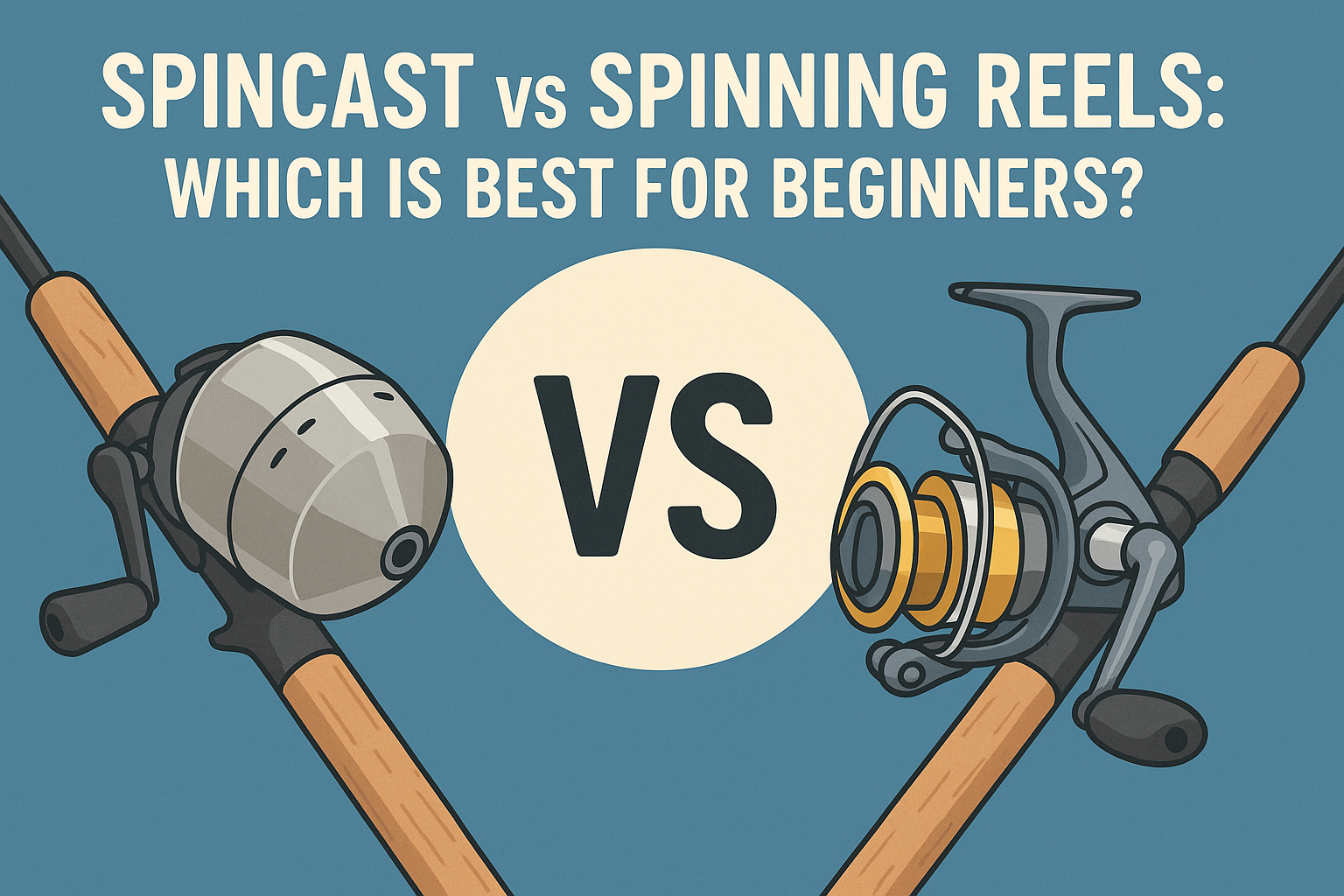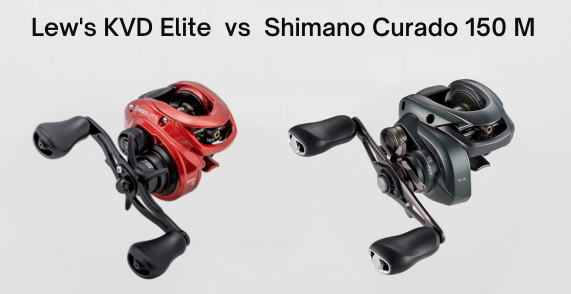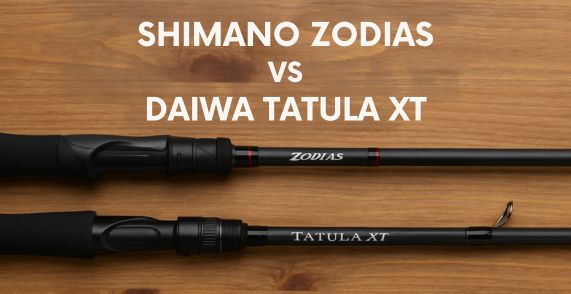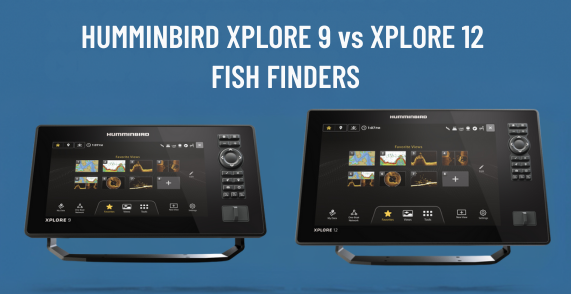In This Post
- 1 Key Takeaways
- 2 Which Reel Offers the Fastest Learning Curve for Beginners?
- 3 Spincast Reels: Simple, Affordable, Beginner-Friendly
- 4 Spinning Reels: Versatile with Growth Potential
- 5 Making Your Choice: Factors to Consider
- 6 The Verdict: Match the Reel to Your Needs
Key Takeaways
- Spincast reels make fishing simple for beginners with push-button designs that reduce tangles and frustration.
- Spinning reels give you better distance, line capacity, and growth options despite being harder to learn initially.
- Consider your wallet – spincast reels cost about $20-50 while spinning reels start at $30-100+.
- Your best choice depends on your fishing plans, fish size targets, and how long you’ll stick with the hobby.
Which Reel Offers the Fastest Learning Curve for Beginners?
New anglers often find themselves stuck between choosing spincast or spinning reels. The right reel can turn a fishing trip into either a memorable success or a day of untangling line and missing fish.
Both spincast and spinning reels work well for beginners, but they suit different learning styles and goals. Let’s examine these two options to help you pick what matches your fishing plans.
Spincast Reels: Simple, Affordable, Beginner-Friendly
Design & Operation
You can spot spincast reels by their dome-shaped, enclosed housing. This cover hides all internal parts, including the line spool. They feature a straightforward push-button system – press the button, hold it while swinging your rod back, then release during your forward cast.
The covered design does more than look nice – it protects the line from outside elements and cuts down on tangling. The internal system manages line release and retrieval with minimal effort from you.
Advantages
Nothing beats the ease of a spincast reel’s push-button design. This basic operation lets you focus on learning to cast without complicated mechanisms. Press, hold, swing, release – that’s all it takes, making these reels perfect for fishing newcomers.
2. Minimal line tangles
The covered housing on spincast reels fights the biggest beginner problem: tangled lines. By keeping the spool protected and controlling line release mechanically, these reels help prevent the frustrating knots that can ruin a fishing trip.
3. Budget-friendly ($20-50)
Spincast reels won’t empty your wallet. Most good options for beginners cost between $20-50, offering an affordable entry into fishing. This lower price works well if you’re not sure how long you’ll stick with fishing or if you’re buying for a child who might lose interest.
4. Child-friendly operation
The simple design and durability make spincast reels great for young anglers. The enclosed casing means fewer moving parts where little fingers might get caught, and the easy operation builds confidence quickly. Many parents choose spincast reels for children to create positive fishing experiences before moving to more complex equipment.
Limitations
1. Shorter casting distance
The enclosed design that makes spincast reels easy to use also creates friction that limits casting distance. The line must exit through a small hole in the cover, which naturally restricts how far you can cast compared to other reel types. This may not matter for small ponds or docks but becomes noticeable on larger waters.
2. Limited line capacity
Spincast reels hold less fishing line than spinning reels. You’ll need to replace line more often and might struggle with fish that run far after being hooked. The smaller capacity also limits line weight, which restricts the size of fish you can target.
3. Less powerful drag systems
The drag system controls tension when a fish pulls your line. Spincast reels typically have basic, less precise drag systems without the fine adjustments found in advanced reels. This makes fighting larger or aggressive fish more challenging since you can’t apply the exact pressure needed.
Spinning Reels: Versatile with Growth Potential
Design & Operation
Spinning reels have an open-faced design with a visible spool positioned parallel to the rod. Instead of a push button, they use a bail system – a metal arm that circles the spool. To cast, flip the bail open, hold the line with your finger, swing the rod, and release the line at the right moment.
This design creates a direct path for the line during casting, without obstacles to create friction. The result? Smoother, longer casts once you learn the technique.
Advantages
1. Superior casting distance
The open-spool design lets line flow freely during casts, giving you much greater distance than spincast reels. After mastering the basic technique, you’ll reach water areas that spincast reels simply can’t, increasing your fishing opportunities and success rate.
2. Greater line capacity
Spinning reels hold much more line than spincast models. This extra capacity matters when hooking larger fish that might run far after being caught. It also allows you to use heavier line when needed, expanding the fish species you can target.
3. Enhanced drag control
Spinning reels typically feature more advanced and adjustable drag systems than spincast models. This precision control helps when fighting fish, allowing you to apply exactly the right pressure – especially important for larger or stronger fish that might break your line without proper drag settings.
4. Handles larger fish
With better drag systems, more line capacity, and stronger construction, spinning reels manage larger fish much better. While a spincast reel might struggle with a two-pound bass, a quality spinning reel can handle fish several times that size, greatly expanding your fishing possibilities.
5. Works with various techniques
Spinning reels adapt to many fishing styles, from simple bobber fishing to advanced methods like drop shotting, jigging, or finesse presentations. This flexibility means your spinning reel stays useful as your skills improve, unlike spincast reels that you might outgrow.
Challenges
1. Steeper learning curve
The open-faced design and manual bail operation require more coordination and practice. Beginners often find line management tricky, particularly releasing the line at the right moment during casting. These challenges can frustrate complete novices, though most people develop the skills after a few hours of practice.
2. Higher potential for tangles
The exposed spool on spinning reels means nothing prevents line from unwinding or tangling if mishandled. This can create a messy tangle of line that takes time to fix. Learning proper line management is crucial with spinning reels, though it becomes automatic with practice.
3. More expensive ($30-100+)
Good entry-level spinning reels start around $30, with better models costing $50-100 or more. This higher price means a bigger initial investment than a spincast reel, though many anglers find the performance benefits worth the extra cost, especially as their skills grow.
Making Your Choice: Factors to Consider
1. Your fishing goals
Think about what you want from fishing. Do you plan occasional, casual trips where simplicity matters most? A spincast reel fits perfectly. Do you see yourself fishing regularly and improving your techniques? The versatility of a spinning reel might justify the learning curve.
2. Budget constraints
Your budget affects your decision significantly. For minimal investment, a good spincast reel gives the most value. If you can spend more, an entry-level spinning reel provides room to grow without needing a quick upgrade.
3. Target fish size
Consider the fish you plan to catch. For panfish, small bass, or trout in streams and small ponds, a spincast reel works fine. For bigger species or fishing in larger waters where distance matters, a spinning reel offers clear advantages.
4. Long-term commitment
Be realistic about how much you’ll fish. If fishing might be temporary or you’re buying for a child who frequently changes hobbies, the lower cost of a spincast reel makes sense. If you plan to develop your fishing skills over time, a spinning reel serves you better long-term.
The Verdict: Match the Reel to Your Needs
No single “best” choice exists between spincast and spinning reels for beginners – it depends on your situation. Many successful anglers started with spincast reels before moving to spinning reels as their skills and interests grew.
For complete beginners, especially children or those with limited coordination, spincast reels provide the easiest introduction to fishing. Their foolproof design builds confidence quickly and keeps early fishing trips focused on fun rather than technical issues.
For beginners with some patience who want to build lasting fishing skills, starting with a spinning reel eliminates the need for later upgrades and gives better performance from day one.







